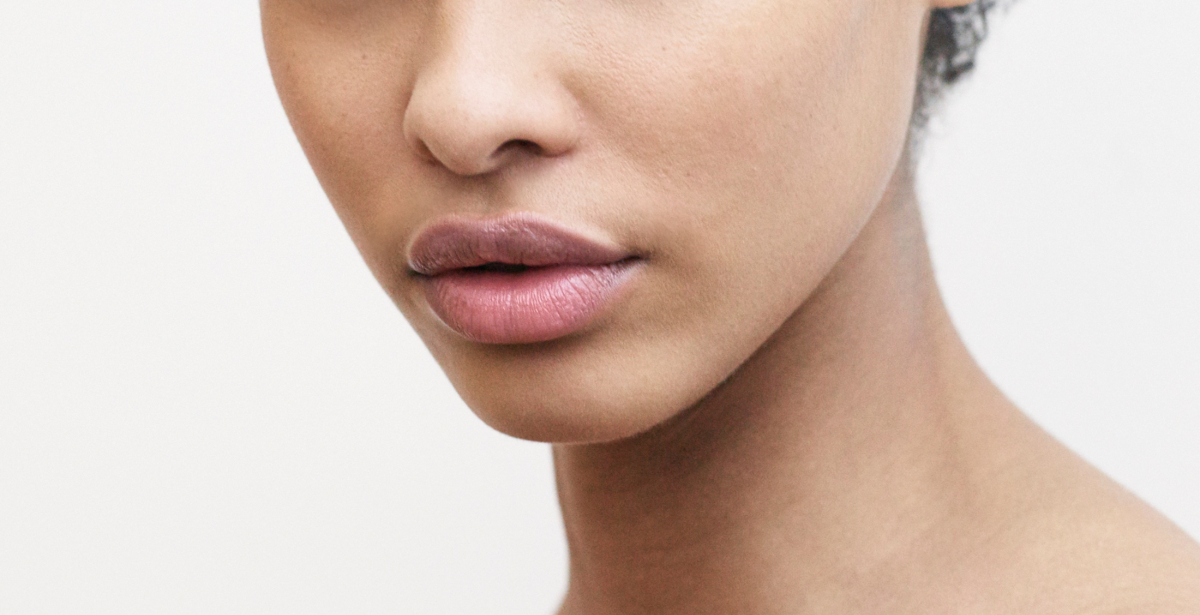
How to Exfoliate Your Dry Winter Skin
You might think exfoliating dry skin is a skincare catch-22 of sorts. Nearly impossible to cover up with makeup, the dead flakes have to go, but exfoliating an already-parched complexion seems like it would just lead to more dryness, and therefore lots of irritation. But we’re here to set the the skincare truths straight, and contrary to what you might believe, exfoliating dry skin is essential in keeping it hydrated and healthy.
"Those flakes prevent moisturizers from fixing dry skin, so getting rid of them is a must to allow moisturizers to work, as well as to remedy the unattractive look of dull flaky skin," explains Dr. Neal Schultz, board-certified MD, New York City-based dermatologist, founder of DermTV.com, and creator of BeautyRx by Dr. Schultz.
How you exfoliate, though, couldn't be more important in this situation. First, you should never try to get rid of all the flakes at once—Dr. Schultz suggests working on it over a week. And another shocker, chemical exfoliants are actually the better choice for reducing the chance of irritation.
"Chemical exfoliation gives much better, consistent, and predictable results than any form of physical exfoliation because the outcome of physical exfoliation depends on three variables which are never the same—how much pressure or how hard you rub; how long you treat any given area; the lack of constancy of the physical exfoliating medium, i.e. granules or loofah," notes Dr. Schultz.
There are many different types of acids that are used to slough off dead skin cells, but Dr. Schultz says glycolic acid is your best bet because it gets rid of flakes while smoothing your skin's surface, revealing a brighter and even-toned complexion. Not only that, but it can make your pores look smaller, too.
"Glycolic exfoliation works by wiping away—by 'ungluing'—the damaged, dead, dulling excess and brown pigment-laden epidermal cells that prevent moisturizers from working and cause the appearance of dull weather-beaten skin," he says of the ingredients function. "Glycolic exfoliation reveals your normal, smooth, even-toned skin below which is hidden by the damaged and/or dead cells that just didn’t fall off on schedule—because the 'glue' that holds them on didn’t dissolve on schedule—and make your skin dry and look tired, older, blotchy."
When choosing a glycolic, Dr. Schultz urges it should be "balanced, buffered, and pH adjusted," as that's the gentler option, and the product should fall in-between the 8 to 15 percent range, depending on where on the body you're exfoliating.
Dr. Schultz suggests only exfoliating once a day and to go easy on the rubbing. "With chemical exfoliants, if a little is good, then more is usually NOT better because by overdoing it that’s how you set yourself up for irritation," he warns. "So start with a lower strength, use a little (less is more) and not more than once a day."
Finally, follow up with a moisturizer now that your skin more adept to hold onto the hydration. "I prefer moisturizers with both humectant ingredients that grab onto and attract moisture (hyaluronic acid absorbs up to 1000 times its weight in water!) and emollient ingredients that help seal in the moisture," our pro suggests.
This article was written by Victoria Moorhouse from InStyle and was legally licensed through the NewsCred publisher network. Please direct all licensing questions to legal@newscred.com.